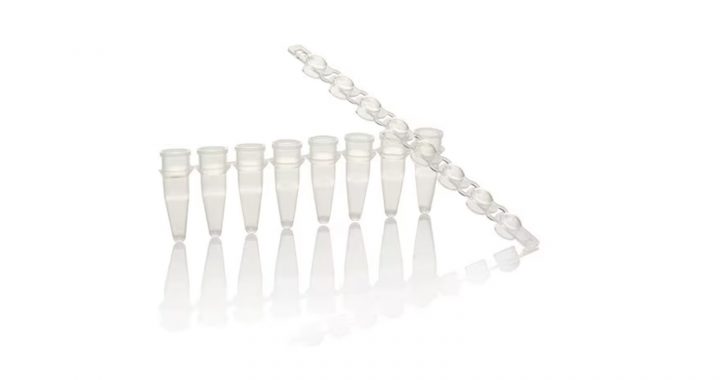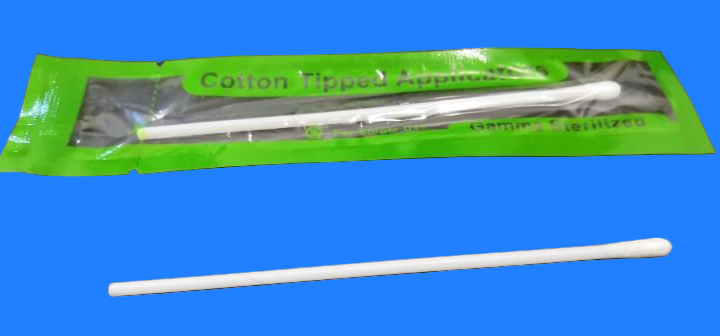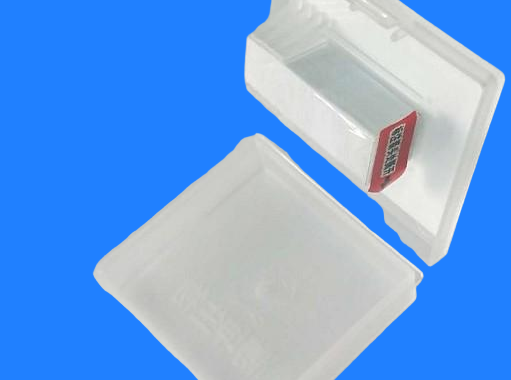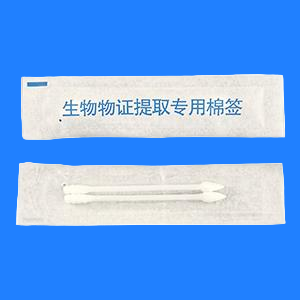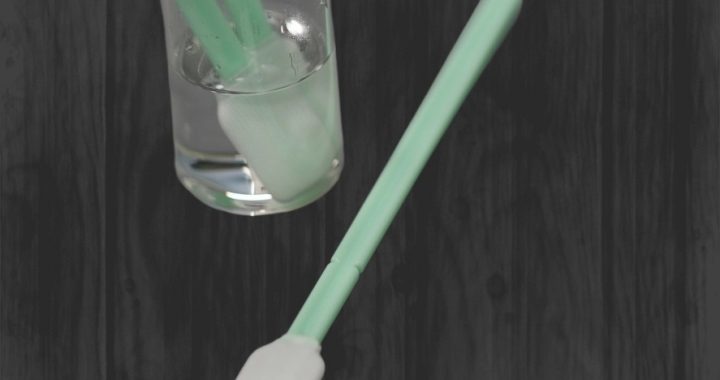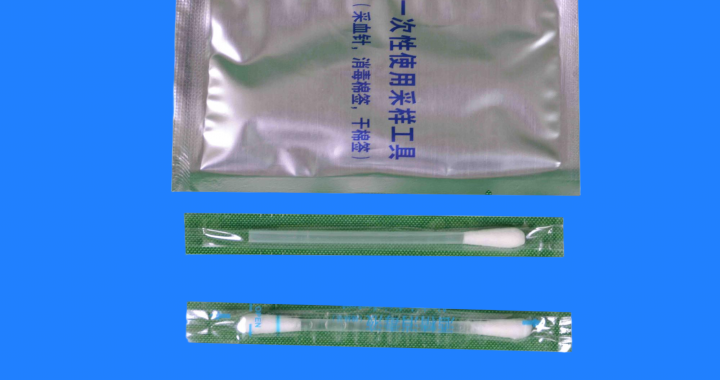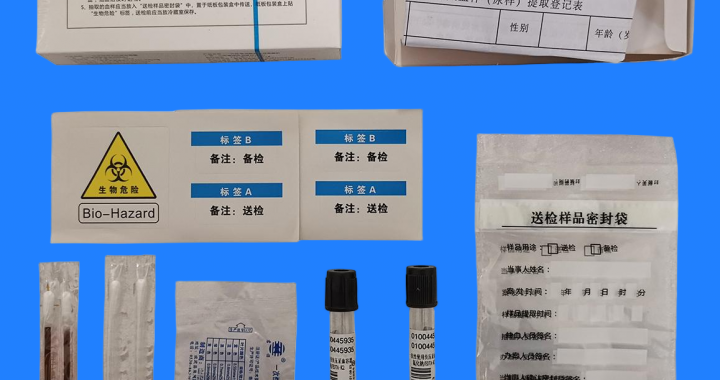Solid sample preparation is crucial in forensic, environmental, and biological research for accurate analysis. Bone and dried plant grinding techniques are essential for extracting DNA, proteins, or other analytes from tough biological materials, making it easier for researchers and forensic scientists to work with these challenging samples.
Grinding Techniques for Bone and Dried Plants:
-
Bone Grinding:
-
Mechanical Pulverization: Use of specialized grinders to crush bone into fine powder, which helps in DNA extraction and isotopic analysis.
-
Cryogenic Grinding: Freezing bone samples with liquid nitrogen before grinding to preserve cellular integrity and prevent heat degradation during grinding.
-
Dry Grinding: Grinding bones in a dry state using a mortar and pestle or grinding mills for easier handling of small fragments.
-
Dried Plant Grinding:
-
Blade Grinding: Dried plants are cut into smaller pieces before being ground using blades or hammer mills, which ensures efficient breakdown of fibers and tissues for analysis.
-
Ball Milling: Dried plant samples are placed in a ball mill, where high-speed rotation helps reduce plant material into fine powder, suitable for chemical and molecular analysis.
-
Cryogenic Milling: Similar to bone grinding, this method involves freezing the plant material to preserve its structure and prevent degradation during grinding.
Key Features:
-
Efficient Sample Breakdown: These techniques ensure that both bones and plant materials are adequately processed for subsequent analysis, such as DNA extraction.
-
Preservation of Integrity: Methods like cryogenic grinding help preserve the biological integrity of the samples.
-
Versatility: Applicable for a wide range of solid biological samples, ensuring broad use in forensic, environmental, and medical studies.
-
Optimized for Accuracy: Fine grinding increases the surface area of the sample, improving the accuracy of subsequent analyses.
Scope:
These grinding techniques are widely used in forensic labs, archaeological studies, environmental testing, and plant biology research, where bone and dried plant materials need to be processed for molecular analysis, toxicology, and other chemical tests.
